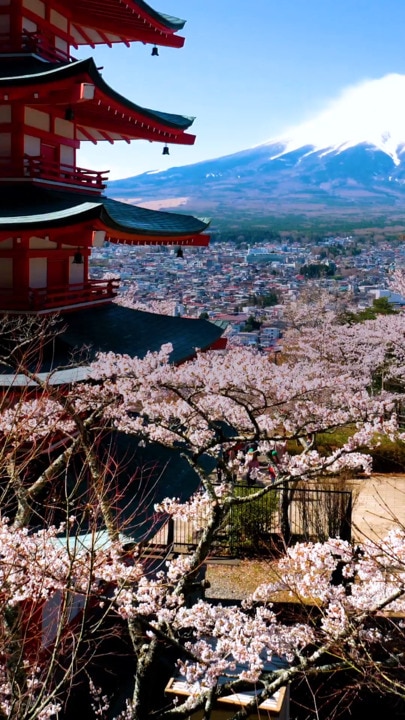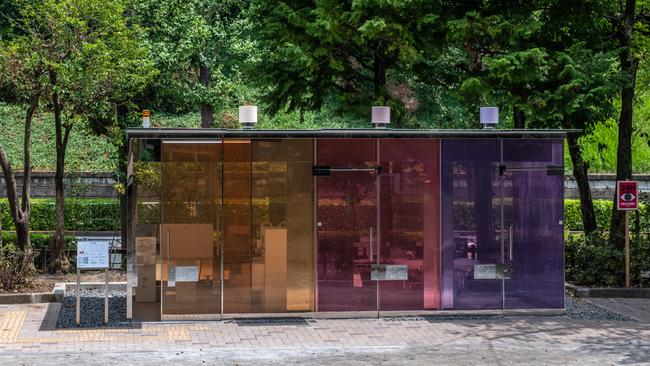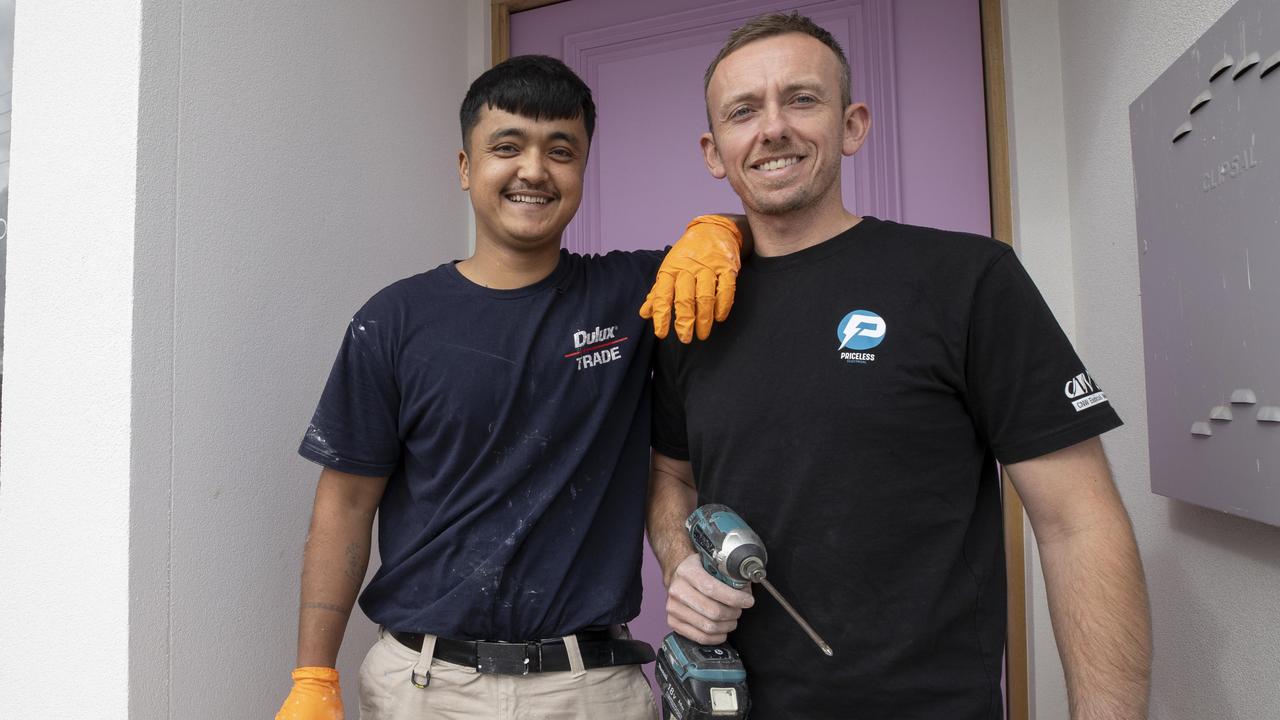Japanese toilets are so good I'm taking a trip just for the flushing
Once you’ve used a loo with a lid which raises and lowers automatically and a heated seat which rotates to self-clean, all others seem inferior.

Lifestyle
Don't miss out on the headlines from Lifestyle. Followed categories will be added to My News.
Although I can’t pinpoint the exact moment I fell in love with Japanese toilets, certain events stand out.
These include the day I emerged into the arrivals hall of Tokyo’s Narita Airport following a 16-hour flight, desperate to answer a call of nature. The toilet I dashed into was in Terminal 1, and the first thing I noticed was the birdsong playing on hidden speakers. Suddenly, the chaos of the arrivals hall seemed a million miles away.

And then there was the press trip to Fukushima Prefecture, where I was writing about its recovery from the devastating earthquake of 2011. One afternoon, we stopped by the headquarters of a local furniture brand. The owners had transformed its warehouse into a workshop where locals could come to fix broken furniture. It was dusty and somewhat chaotic, and when I asked to use the toilet, I braced myself for the worst. I couldn’t have been more mistaken – in a beautifully decorated room off a sawdust-filled corridor, I found one of the fanciest Toto toilets I’ve ever seen.
Sure, Totos – the Japanese brand famous for producing the crème de la crème of the toilet world – take some getting used to. The seat-side controls on some of the flashiest Toto toilets resemble miniature keyboards and I’ve spent significant periods of time jabbing them while bracing for the unexpected, whether it’s a blast of warm air on my nether regions or cold water which squirts up from a wand-like gadget which slides out from under the rim.

Almost every toilet I’ve come across in Japan has a temperature function, and heated toilet seats are, in my opinion, a godsend. My other half disagrees. He says that sitting on a warm toilet seat always has him wondering whether the seat has been heated by a built-in function, or simply warmed by a recently vacated tenant’s rear-end. But I can’t help but wonder if those who don’t share my passion for Japanese toilets have some kind of Stockholm syndrome – they’re so accustomed to substandard toilets that their disdain for the ones in Japan is a reaction to the realisation they’ll soon return home to a world of cold toilets with manual flushes and no option to hit the birdsong button.
And it’s not just birdsong. Toilets in Daimaru department stores, found throughout Japan, are among my favourites – the latest Toto models, all equipped with buttons which can be pressed by visitors keen to mask any unpleasant noises with a range of much more pleasant sounds. A fun fact – this feature, known as the otohime (meaning “sound princess”) button, was invented by Toto.

Next month, I’m visiting the Toto Museum in Kitakyushu, Japan. I’ll also be visiting several of the beautiful toilets built as part of the Tokyo Toilet project – a collection of public facilities designed by some of the world’s best architects. Standouts include a beautiful bamboo-like building created by Kengo Kuma (designer of Tokyo’s Olympic stadium) and Shigeru Ban’s beautiful glass cube, made with smart glass which turns opaque at the flick of a switch. The project’s toilets are the star of the Oscar-nominated Perfect Days (2024). This fabulously feel-good film tells the story of Hirayama, a public toilet cleaner who takes his job incredibly seriously, spending lunchbreaks in the beautiful city parks where the toilets are located and occasionally rescuing foreigners bamboozled by things such as smart glass.
Trust me – once you’ve tried a toilet with a lid which raises and lowers automatically and a heated seat which rotates to self-clean, all other toilets seem inferior. Bring on the birdsong.
More Coverage
Originally published as Japanese toilets are so good I'm taking a trip just for the flushing




